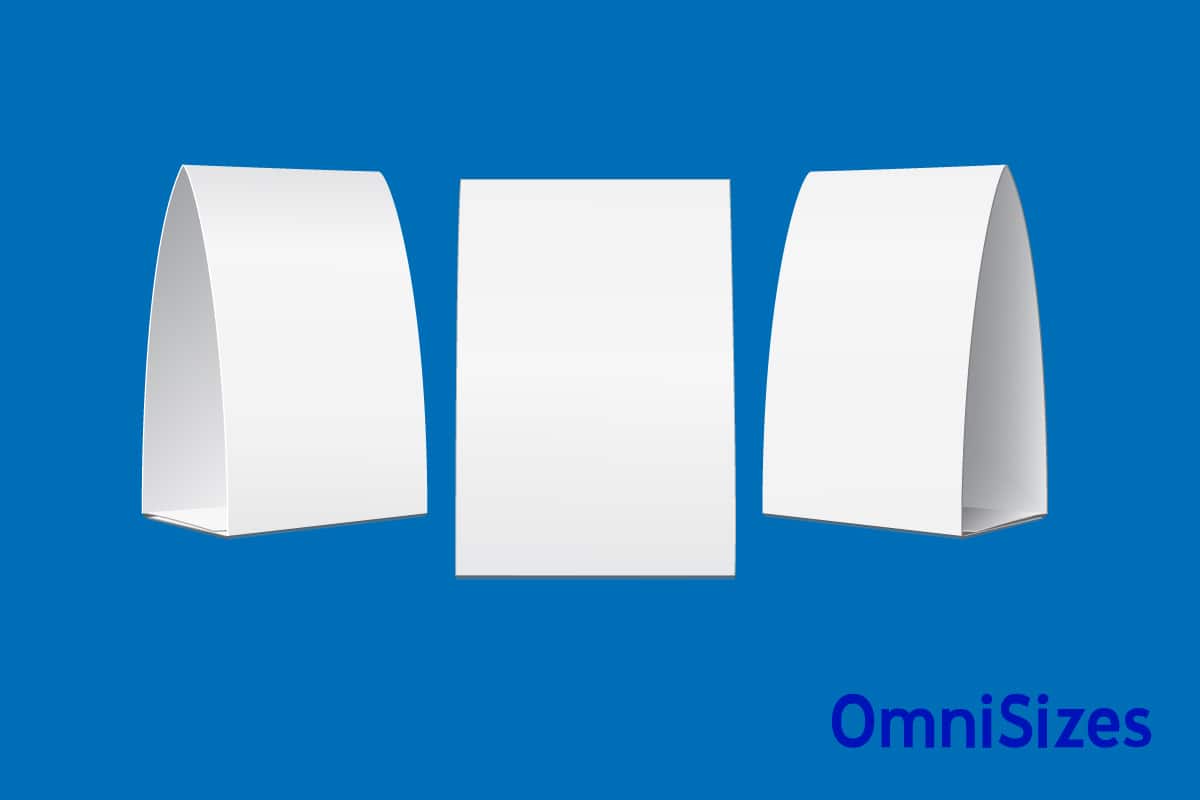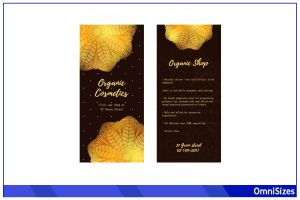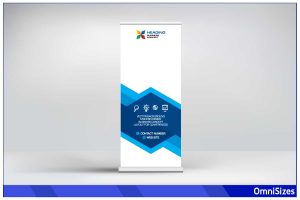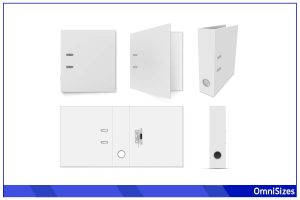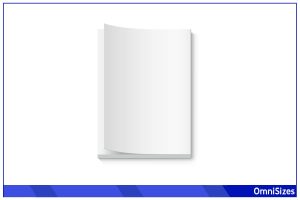Tent card sizes are a fundamental part of design and presentation, especially in settings where visibility and legibility matter. Their size can influence their effectiveness, drawing the line between an overlooked detail and a standout feature.
Standard tent card sizes typically measure around 5.8 × 8.3 inches or 14.8 × 21 cm, or A5. However, specific industries may adhere to different dimensions, such as restaurants, which often prefer larger sizes for better visibility on crowded tables.
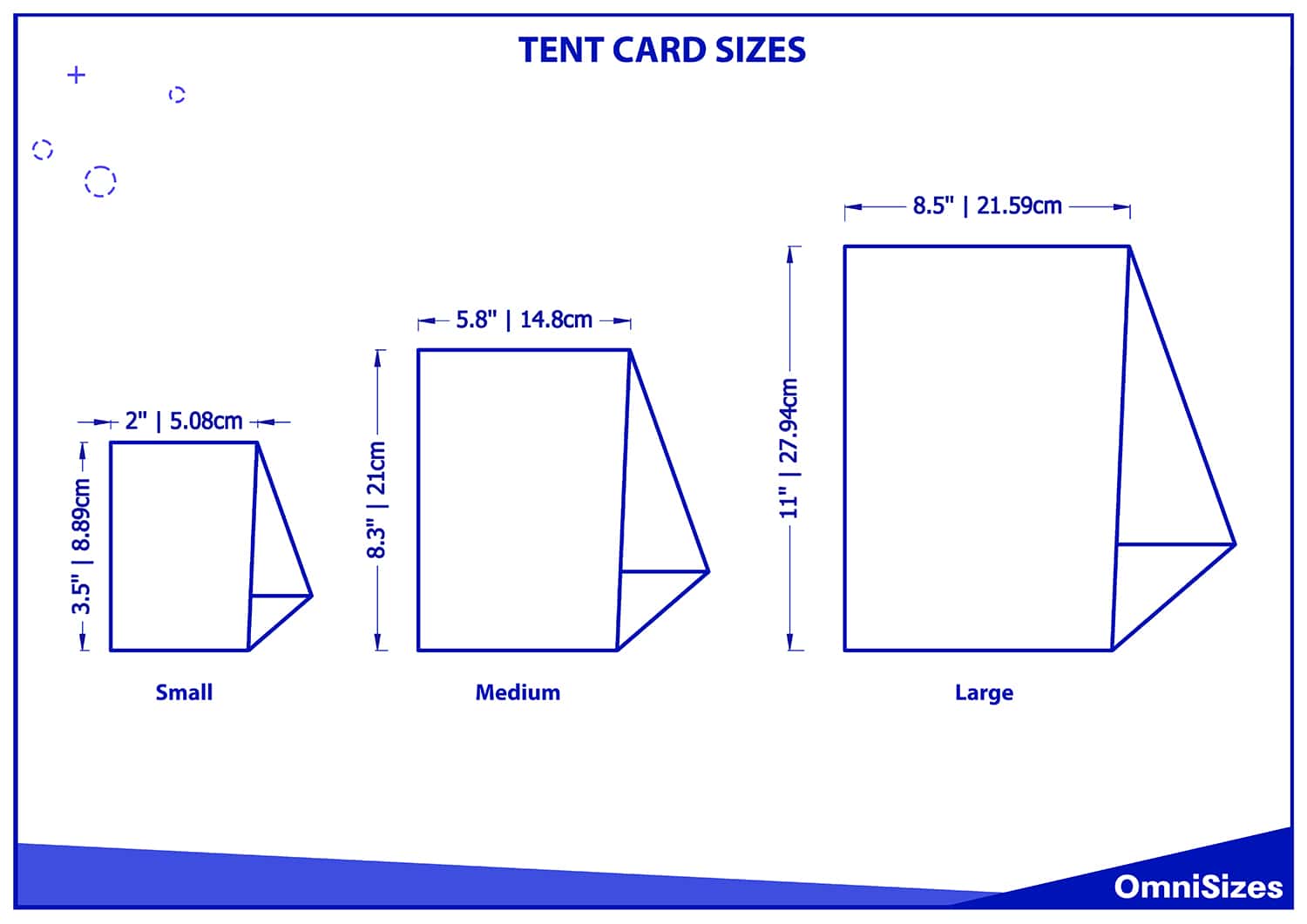
This guide will go over various tent card sizes, including standard and industry-specific sizes. Continue reading to learn more about these promotional tools!
What Is a Tent Card?
A tent card, often referred to as a table tent, is a self-standing promotional piece often made of paper or cardstock. Designed to be folded in half, it resembles a tent, allowing information to be displayed on both outward-facing sides.
These cards are a staple in various settings, such as restaurants, hotels, conferences, and retail counters. Their primary purpose is to present information in a compact and easily readable format, capturing the attention of passersby or seated guests.
Types of Tent Cards
- Traditional Tent Cards: These are the most common type, made of a single sheet of paper or cardstock that’s folded down the middle. They stand upright on their own and display information on both sides.
- Triangular Tent Cards: Made of a longer strip folded into three sections, these have a triangular base. They provide three display surfaces, offering more space for information or graphics.
- Hanging Tent Cards: Unlike the other two types, these are designed to hang from an edge, like the side of a computer monitor or shelf. They’re useful in places where surface space is limited.
Uses and Benefits of Tent Cards
- Promotion and Advertisement: Tent cards are a favorite for businesses looking to promote a new product, service, or special offer. Restaurants, for example, might use them to showcase a new dish, while a retail store might highlight a sale or new arrival.
- Information Display: In corporate settings, tent cards can introduce speakers, designate seating arrangements, or provide an itinerary for events. In hotels, they might offer details about room services or Wi-Fi access.
- Versatility: With their compact design, tent cards can fit in a variety of settings. They’re portable and can be easily moved or replaced as needed.
Standard Tent Card Sizes
When considering tent cards for various purposes, size plays a pivotal role in determining their effectiveness. The following describes the most common tent card sizes you can find.
1. Small Tent Cards
Small tent cards typically measure 2 × 3.5 inches or 5.1 × 8.9 centimeters. Their compact size makes them suitable for a range of applications:
- Place Cards: Commonly seen at weddings, conferences, or corporate events to guide attendees to their designated seats.
- Product Descriptions: Retail stores, especially jewelry or boutique establishments, use them to provide brief details about products without overwhelming the display.
- Special Offers: Restaurants or cafes might use these to highlight daily specials or limited-time beverages.
2. Medium Tent Cards
The medium size is the most versatile and popular. They usually measure 5.8 × 8.3 inches or 14.8 × 21 centimeters. Here are some of their uses:
- Menu Highlights: Restaurants utilize these to showcase signature dishes, new additions, or a dessert menu.
- Event Agendas: At seminars or workshops, these cards list out the schedule or topics of discussion for attendees.
- Service Descriptions: Salons, spas, and clinics find them beneficial to briefly describe a service or treatment on offer.
3. Large Tent Cards
These are the biggest of the standard sizes, measuring 8.5 × 11 inches or 21.6 × 28 centimeters. Their larger display area makes them suitable for:
- Full Menus: Often spotted on restaurant tables, they can display a complete menu or a broad range of specials.
- Advertisements: Retailers or service providers might use these at the point of sale to draw attention to a promotion or offer.
- Information Boards: Hotels use these in rooms to provide details on services, emergency contacts, or dining options.
Industry-Specific Tent Card Sizes
Tent cards, with their flexibility in design and size, have found their way into various industries.
1. Restaurants and Cafes
For eateries, visibility is key. Most opt for medium to large tent cards, typically measuring between 4.25 × 5.5 inches and 5 × 7 inches or 10.8 × 14 centimeters and 12.7 × 17.8 centimeters.
- Menu Displays: Larger tent cards can accommodate multiple dishes, descriptions, and prices, making them ideal for table displays.
- Daily Specials: A medium size works well for showcasing limited dishes or beverages, allowing for a quick scan by diners.
- Promotions: Introducing seasonal offers or loyalty programs often requires a mix of text and graphics, which larger tent cards can accommodate.
2. Retail Stores
Retailers frequently lean towards small to medium tent cards, sizes ranging from 2.8 × 4 inches to 4.25 × 5.5 inches or 7.1 × 10.2 centimeters to 10.8 × 14 centimeters.
- Product Highlights: Smaller tent cards can focus on a single product, offering brief descriptions or pricing details.
- Sale Announcements: Medium tent cards can convey sales or discount information effectively, often placed near the checkout area.
- Event Notices: In-store events, workshops, or launch dates are prominently displayed on medium tent cards at store entrances.
3. Hotels and Resorts
The hospitality industry favors medium and large tent cards, with sizes gravitating towards 4.25 × 5.5 inches and 5 × 7 inches or 10.8 × 14 centimeters and 12.7 × 17.8 centimeters.
- Room Services: Larger tent cards can detail the range of services available, from dining options to spa treatments.
- Event Schedules: For hotels hosting conferences or events, medium-sized tent cards provide attendees with agendas or schedules.
- Safety Information: Essential guidelines or emergency contact details are presented on larger tent cards, ensuring they’re easily spotted.
4. Conferences and Corporate Events
Corporate gatherings predominantly use medium tent cards, often around 4.25 × 5.5 inches or 10.8 × 14 centimeters.
- Seating Arrangements: Medium-sized tent cards guide attendees to their designated seats, typically displaying names or company details.
- Agenda Lists: Session details, speaker names, and timings are laid out on medium tent cards for easy reference.
- Sponsor Acknowledgments: Companies supporting the event get recognition on tent cards, often paired with their logos.
